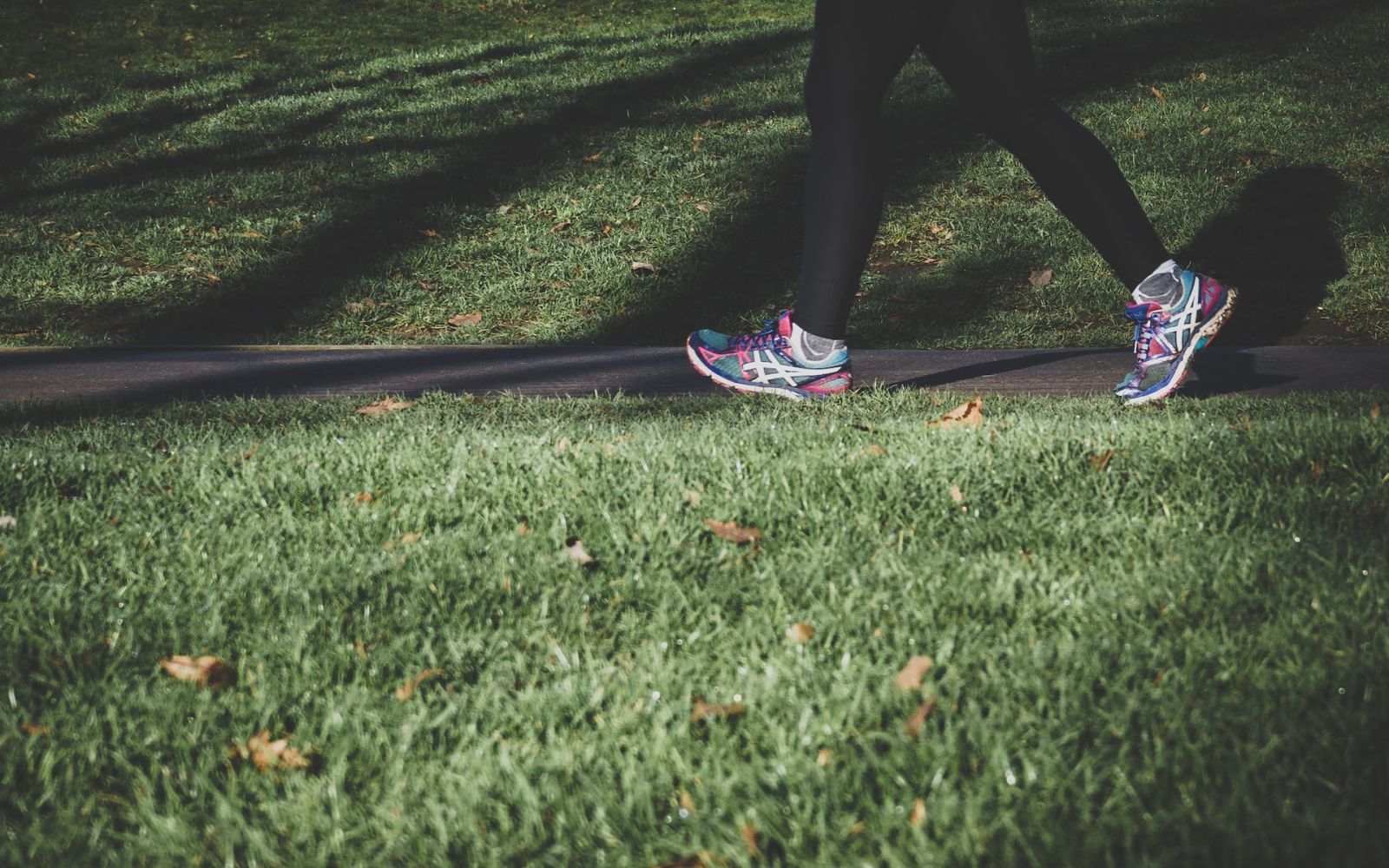Less sitting. More moving.
One of the most important actions you can take to improve your health is to be physically active.

The health benefits of physical activity, even small amounts, start immediately. These benefits include reduced anxiety, lower blood pressure and improved quality of sleep.
Additional health benefits of increased activity include lower risks of cardiovascular disease, type 2 diabetes, hypertension, dementia and certain cancers. Exercise also helps support weight loss programs, improve bone health, lower the risk of falls in older adults and reduce the risk of depression. In general, physical activity can make daily life better.
For substantial health benefits, adults should, throughout the week, do some kind of aerobic activity that increases both breathing and heart rates. Aerobic activity includes walking, swimming, household chores, dancing, climbing stairs, gardening and yard work.
The goal is to engage in an activity that gets your heart beating faster than it does when you are sitting. Based on your abilities and physical condition, you should strive to do at least:
- 150 to 300 minutes a week of moderate-intensity aerobic activity, or
- 75 minutes to 150 minutes a week of vigorous-intensity aerobic physical activity, or
- An equivalent combination of moderate- and vigorous-intensity aerobic activity.
In addition to aerobic activity, adults should do muscle-strengthening activities that involve all major muscle groups on two or more days a week. These activities can include weight lifting, stretching, push-ups, squats and using resistance bands. Things you might do every day, like carrying groceries, can have beneficial results, too. The objective is to make your muscles work harder than usual.
When starting out, you should increase your physical activity gradually and over time. If you have been inactive for a period of time, start with lower intensity activities and gradually increase how often and how long these activities are done.
You should also take steps to reduce the risk of injuries by exercising in a safe environment and using the appropriate gear and equipment. If you are starting a new activity, work with a physical trainer or someone with experience who can show you the proper way to participate in the activity.
Use this planner, provided by the U.S. Department of Health and Human Services, to set goals, choose activities you want to do, and get tips to help you stay motivated.
Before starting a new exercise program or participating in a sports activity talk with your doctor to make sure you are physically ready to participate. Your doctor can also help you set exercise goals and develop a plan to achieve your wellness goals. Older adults, and people with chronic conditions, should be as physically active as their abilities and conditions allow.
This information is not intended to be a substitute for professional medical advice. You should talk with your primary care physician or other qualified medical professionals regarding diagnosis and treatment of a health condition.
Sources:



